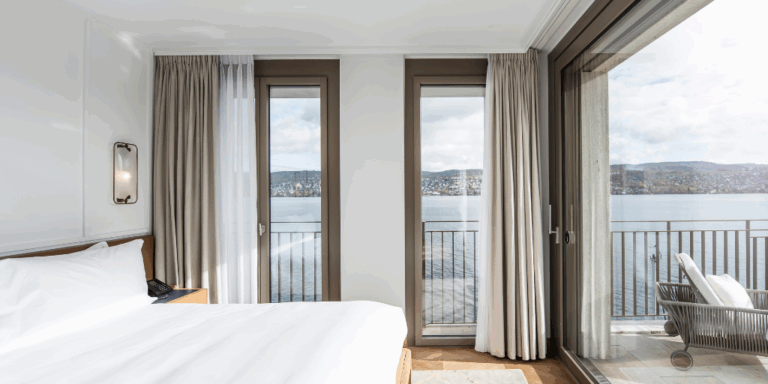Daikin HVAC solutions for better indoor air quality
Improving indoor air quality is about more than just ensuring a supply of fresh air to buildings. It’s a crucial aspect of the overall indoor environment quality – including lighting, dampness, cleanliness, and ventilation – all of which affect building users’ health and wellbeing.
Understanding overall indoor environment quality
Today, more than half (55%) of the world’s population lives in urban areas according to the UN, with this figure expected to grow to 68% by 2050. Already, it is estimated that we spend up to 90% of our time indoors and with this ongoing shift towards city living, the increasing numbers of people living most of their daily lives indoors appears set to continue.
The need to provide healthy indoor environments has never been so pressing, with poor air quality in particular linked to a variety of health conditions, ranging from respiratory illnesses, to heart disease, lung cancer and even depression and dementia.
However, improving indoor air quality is about more than just ensuring a supply of fresh air to buildings. It’s a crucial aspect of the overall indoor environment quality – including lighting, dampness, cleanliness, and ventilation – all of which affect building users’ health and wellbeing. So, improving indoor air and environment quality is the key to delivering safe and healthy environments in which to work, learn and live.
Causes of poor air quality
Despite being an important element of the internal environment, air quality is much harder to pin down than some of the other factors that influence our surroundings. It’s easy to tell when a space is too hot or too cold, or if the lighting is not quite right, but the effects of poor air quality are more subtle and build over time.
Indoor air quality is affected by complex and interlinked factors, due to both outside and inside air pollution. Sources of outdoor air pollution include road traffic, industrial processes, waste incineration and construction and demolition sites. Pollution includes particulate matter, NO2, CO and pollen, all of which can be brought into a building through natural or mechanical ventilation and via infiltration through the building fabric.
But there are also pollution sources inside a building, including Volatile Organic Compounds (VOCs) given off by wall and floor coverings, furniture and appliances as they age and degrade; dust, damp and mould; emissions from office equipment and industrial machinery; and, of course, occupants themselves, who breathe out CO2 and can spread colds and viruses.

A fine balancing act
Ensuring a plentiful supply of fresh air seems the obvious solution to poor air quality but this must be viewed with the context of overall building efficiency. In modern building design, the pressure to reduce running costs and energy consumption, combined with the targets set by BREEAM and LEED assessments, mean the emphasis often falls on delivering high levels of energy efficiency through insulation and strict air-tightness. Yet, unless sufficient ventilation is included in the building design, this can lead to low oxygen levels, increased potential for allergies and odours and the risk of condensation build up.
In the past, ventilation was achieved simply by opening a window, but this is not always feasible in modern buildings, as many windows have been designed to remain shut for energy efficiency and safety reasons. Achieving an optimal internal environment therefore requires a careful balance between energy conservation, temperature, humidity and fresh air supply, while also minimising the ingress of external pollution sources.
Ventilation
Taking a whole-building approach to climate control is the best way to strike this balance, with adequate ventilation being the cornerstone to good building health. Fundamentally, ventilation aims to remove stale indoor air and replace it with ‘fresh’ outdoor air. HVAC systems are designed to extract water vapour, airborne pollutants and odours, controlling humidity and maintaining good indoor air quality, and to minimise the spread of these impurities to other areas of a building.
Through careful design and consideration, it is possible to achieve both effective ventilation and excellent energy efficiency performance – and a number of HVAC solutions are available with energy conservation features, heat recovery ventilation and variable refrigerant volume (VRV) air conditioning systems.
Find out more about the factors that influence our internal environments and the Daikin solutions that can achieve the required balance: https://www.daikin-ce.com/en_US/about/daikin-innovations/iaq.html
Hospitality paired with energy efficiency and reliability: Daikin is the world’s leading manufacturer of complete solutions for hotel air conditioning.
- Dawn Studler
- [email protected]
- Daikin Airconditioning Central Europe
-
Dear Swetha, please find here our article for November. Kind regards and have a good weekend
Dawn - Daikin HVAC Solutions for better Indoor Air Quality







